Inverness city centre is not what it was.
The heart of the Highland capital has changed drastically in the past couple of decades.
Shops have closed. To Let signs are common and spots formerly prized by big retail outlets are now hoovered up by hotels, restaurants and property developers.
The recent closure of Revolution on Church Street brought out exactly the sort of social media response you’d expect from some people.
There’s nothing in the city centre any more.
Inverness is dead, it’s not like it was in my day.
“Would the last one out of town please turn off the lights?” cried another commenter.
And yet, if you compare Inverness city centre to its Scottish rivals, it actually comes out very well.
Recent data compiled by the Press and Journal on vacancy rates has the Highland capital comfortably outperforming Aberdeen, Dundee and Perth.
Why then does this negative attitude persist?
Are we just comparing Inverness city centre in 2024 with a sepia-tinted version of itself?
Because unless a global internet outage is followed by a retro craze for big department stores, that reality is never coming back.
The High Street is a British institution but perhaps demanding the heart of our city looks a certain way is just setting it up to fail.
Or maybe the answer lies abroad?
Taking a look at four cities around the world that share some characteristics with Inverness – ones that have expanded rapidly in recent years, are popular with tourists or lie a similar distance away from a major city, let’s see if we can learn a thing or two.
Norrköping, Sweden
Location: Östergötland, around 100 miles south-west of Stockholm
Population: 144,000
Best known for: Its industrial heritage, reinventing its centre and being a university town
If Inverness is looking for inspiration about changing things at its core, Norrköping would be a good place to start.
The Swedish city was built on its textile industry and lies around two hours south-west of the capital, Stockholm.
But by the 1990s, it was looking worn out. Most of its business took place in the city centre, but the space was full of old demolition sites being used as car parks.
The relocation of a major paper mill outside of the city proved to be a turning point.
Linköping University established a campus in its place and 5,000 students moved to fill the city’s empty flats.
Cafe culture and nightlife boomed and a number of old factory buildings were converted into use for cultural activities, the university or Norrköping Science Park.
Johan Smedner is head of infrastructure development with the city’s municipal council.
He said: “Our city centre has seen an interesting development over the past 30 years.
“We share the view that now, with the rise of online shopping, it seems difficult to fill empty retail spaces with shops, and other uses are taking over.
“During the recent economic boom up until the pandemic, almost all vacant lots in central Norrköping have been transformed, primarily into housing.”
Along the way, there’s been a big focus to improve the quality of the city’s parks and squares.
Norrköping is a pedestrian-friendly city and safety for walking and cycling has been a local government priority for years.
Flagstaff, United States
Location: Arizona. Around 75 miles south of the Grand Canyon and 144 miles north of Phoenix.
Population: 76,000
Best known for: Popular base for Grand Canyon tourists, part of Route 66 and its dark skies for stargazers.
They’ve both had a population boom in the last few decades.
There’s a world-famous tourist attraction nearby and despite their city status, both Inverness and Flagstaff have retained their small-town feel.
If it wasn’t for the 300 dry days a year you’d swear these two were twins, right?
The Grand Canyon gets around five million visitors a year and Flagstaff is a popular stop-off point for tourists on the way there.
Restaurants are popping up all over the place in its downtown core. Bigger retail outlets are pushed to the outskirts.
A major Marriott Hotel also opened downtown in 2017 and several other major hotel projects are in the pipeline.
This all feels strangely familiar, doesn’t it?
Ryan Randazzo works for the city of Flagstaff.
“Downtown is quite busy,” he said.
“That’s thanks to strong tourism demand from people who live in the Arizona deserts who visit to get out of the summer heat and year-round visitors who come because of the proximity to the Grand Canyon National Park.
“One challenge for us is the low availability of land and properties for commercial projects, as much of the city is built out.”
Like Inverness, the guidebooks have been kind to Flagstaff. It was recently named by CNN as of one the USA’s best towns to visit.
Just under a quarter of all journeys in the city are by bike or foot and the local council also offers free public transport passes to its staff to encourage them to use it.
Barrie, Canada
Location: Ontario, around 60 miles north of Toronto.
Population: 150,000
Best known for: Being the gateway to the region’s “cottage country” and one of Canada’s fastest-growing cities for decades
Full disclosure, I spent more than half of my childhood in Barrie.
And like Inverness, it’s a generally safe city that has sky-rocketed in population in the last 30 years.
There’s easy access to a range of outdoor activities and house prices have gone absolutely bonkers.
But its downtown area, and the way local people talk about it, is different.
People have grown up being used to out-of-town retail. That means there’s not the same gnashing of teeth if a big business sticks to the outskirts.
A huge number of new houses have been built in recent years – but development outside of that hasn’t kept up at the same pace.
That’s a situation we’re very used to in the Highland capital.
“We’ve grown so quickly,” said Alex Nuttall, the city’s mayor. “The councils of the day did a good job of organising investment for pipes and sewers and things like that.
“But we didn’t have the same level of investment when it comes to community-based items. There’s been no new stadiums or performing art centres or recreation centres, that’s something we’re working on now.”
Creating living spaces in the city centre is a key priority for keeping the area vibrant and plans for a mammoth 38-storey residential building are in the pipeline.
But like we’re seeing across the world, high interest rates and spiralling construction costs are placing a question mark over everything.
Whangarei, New Zealand
Location: The northern part of North Island, around 100 miles north of Auckland
Population: 56,000, local district around 100,000
Best known for: Being the northern-most city in New Zealand, a gateway for the region’s stunning landscapes
With its pristine beaches, ancient forests and scenic viewpoints, there are plenty of reasons to visit Whangarei if natural landscapes are your thing.
The city is a couple of hours away from a major city and at the heart of a large region with a geographically dispersed population.
Those facts create some challenges that will be very familiar to Highland Council.
Its road network isn’t in great condition and in general, the cost of infrastructure and delivering services to its more remote areas is a continuing concern.
In Whangarei itself, it’s suffering from the same trend of shops shutting and footfall declining.
People wish public transport was better.
But wholesale improvements are unlikely because not enough people are using it in the first place.
Michael Turner, economic development facilitator with Whangarei District Council, said: “It is generally accepted that we are in a slightly stuck situation – lack of use inhibits expansion of the service.
“And limitations to the service inhibit use and therefore expansion.”
Consultations for a new strategy for Whangarei in the next 30 years are ongoing.
At the heart of the plans is a focus to make it more pedestrian-friendly and a more attractive place for people to visit.
The huge number of changes we’ve been seeing in Inverness might seem a little strange, or even scary.
But it’s clear that the same discussions are being held all over the world.
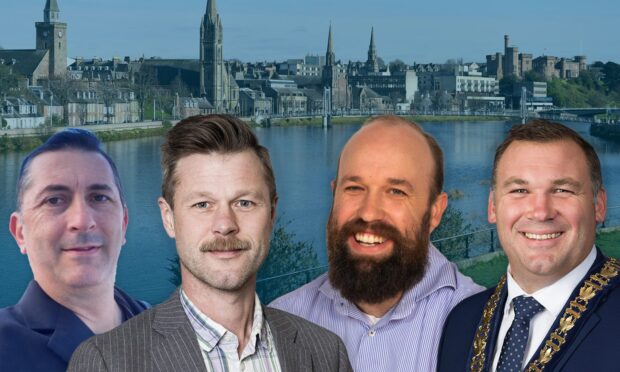
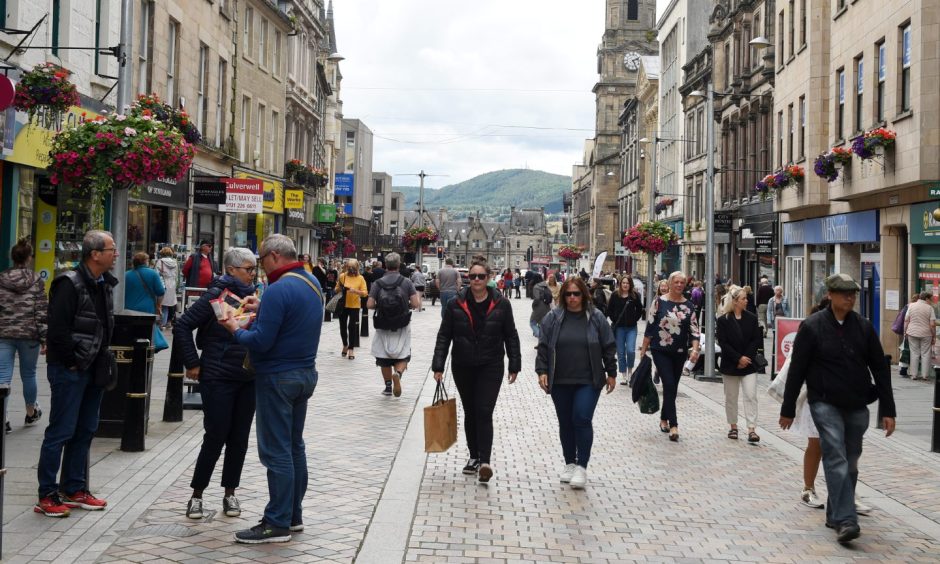
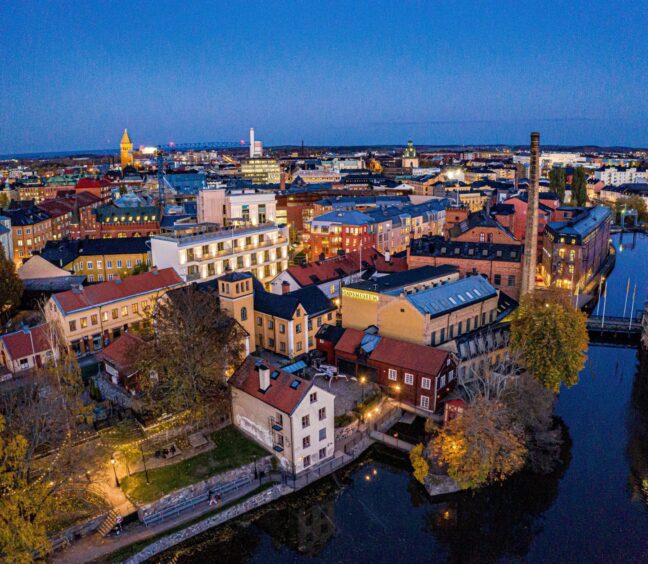
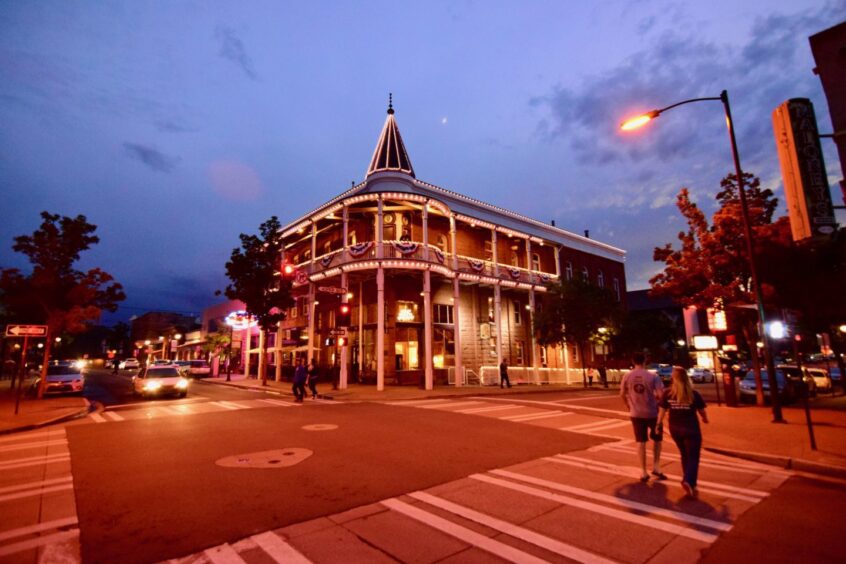
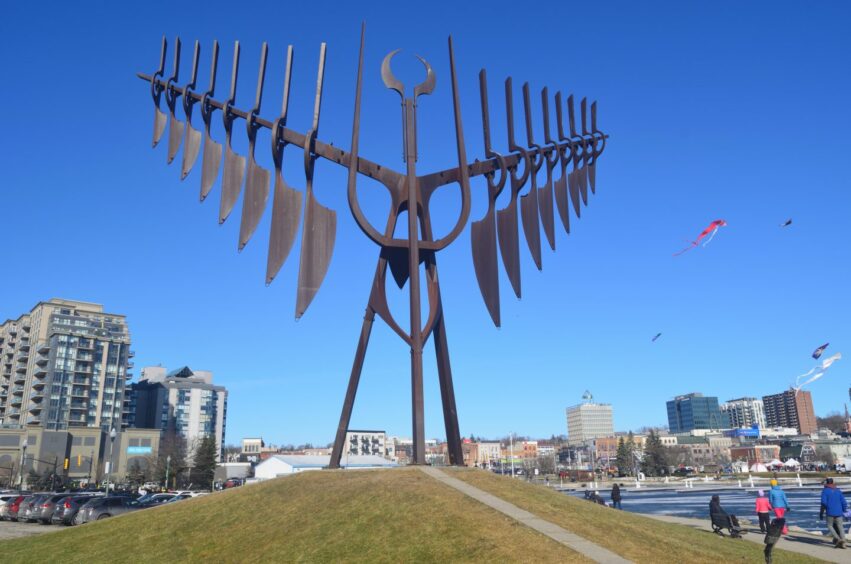
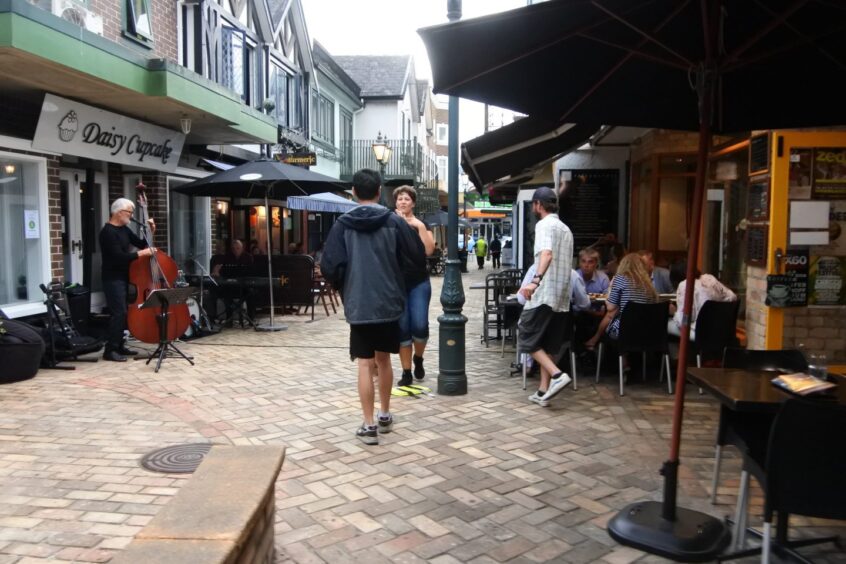
Conversation